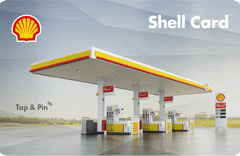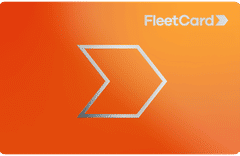If you are a registered Sole Trader and need a vehicle for business purposes, buying a car using your ABN as a business asset is the smarter way to go. If your business is registered for GST, you may even be able to claim some of the expenses that come with owning a vehicle. The important thing to consider here is the usage of the car you intend to buy. How much of the car is being used for business versus personal use. You may be asked to provide evidence of your usage when filing for tax returns. The ATO website states “If a motor vehicle is used for both business and private use, you must be able to correctly identify and justify the percentage that you are claiming as business use. The percentage that is for private use isn’t claimable.” For instance, travelling to and from work is considered private use and cannot be claimed back in tax.
You can work out your business use percentage with this simple formula-
(Distance travelled for business ÷ Total Distance travelled) x 100
Using your personal vehicle for business is also an option if you are a new small business and don’t want to jump right in and buy a car. Again, you would have to record and prove how much the car has been used for business purposes and you will be able to claim a tax deduction on expenses related to business use only.
As a Sole Trader, there are three methods by which to claim a vehicle for business
- Cents per Kilometre method – This method uses a set rate for each kilometre travelled for business which takes into account all expenses related to your vehicle like registration, fuel, insurance etc as well as asset depreciation. The rates are reviewed regularly with the rate for the current financial year 2020-21 set at 72 cents per kilometre. This method allows you to claim up to 5000 kms per year for business vehicles.
- Logbook method – This method can only be used when claiming for a car which the ATO defines as a four-wheeled motor vehicle carrying a load of less than 1 tonne or no more than 9 passengers. You need to maintain a logbook and record your business related travel expenses for a minimum of 12 consecutive weeks. This logbook must include the start and end date of your 12-week period, the car’s odometer readings at the start and end dates, the kilometres travelled during this period, your business use percentage and specific details of the car (make, model, registration number, engine capacity). Hold on to receipts for fuel and insurance etc as these are evidence of your claimable expenses. For small businesses and sole traders, the ATO app has the myDeductions tool which helps you create logbooks and records business related car expenses.
- Actual Costs method – This method is based on actual receipts of all expenses related to “other vehicles” used for business purposes. According to the ATO, “other vehicles” include motorcycles and motor vehicles which carry a load of more than 1 tonne or have a capacity of more than 9 passengers. Examples include utility trucks or minivans. To calculate your actual costs for a business vehicle, add up all your vehicle expenses for the year and then multiply this figure with your business use percentage.
Consult with your accountant on which method will help you get the best deduction for your vehicle on your income tax return once you have ascertained your business usage percentage. The ATO allows businesses to use different methods for different vehicles and also change the methods used every financial year.
READ MORE





